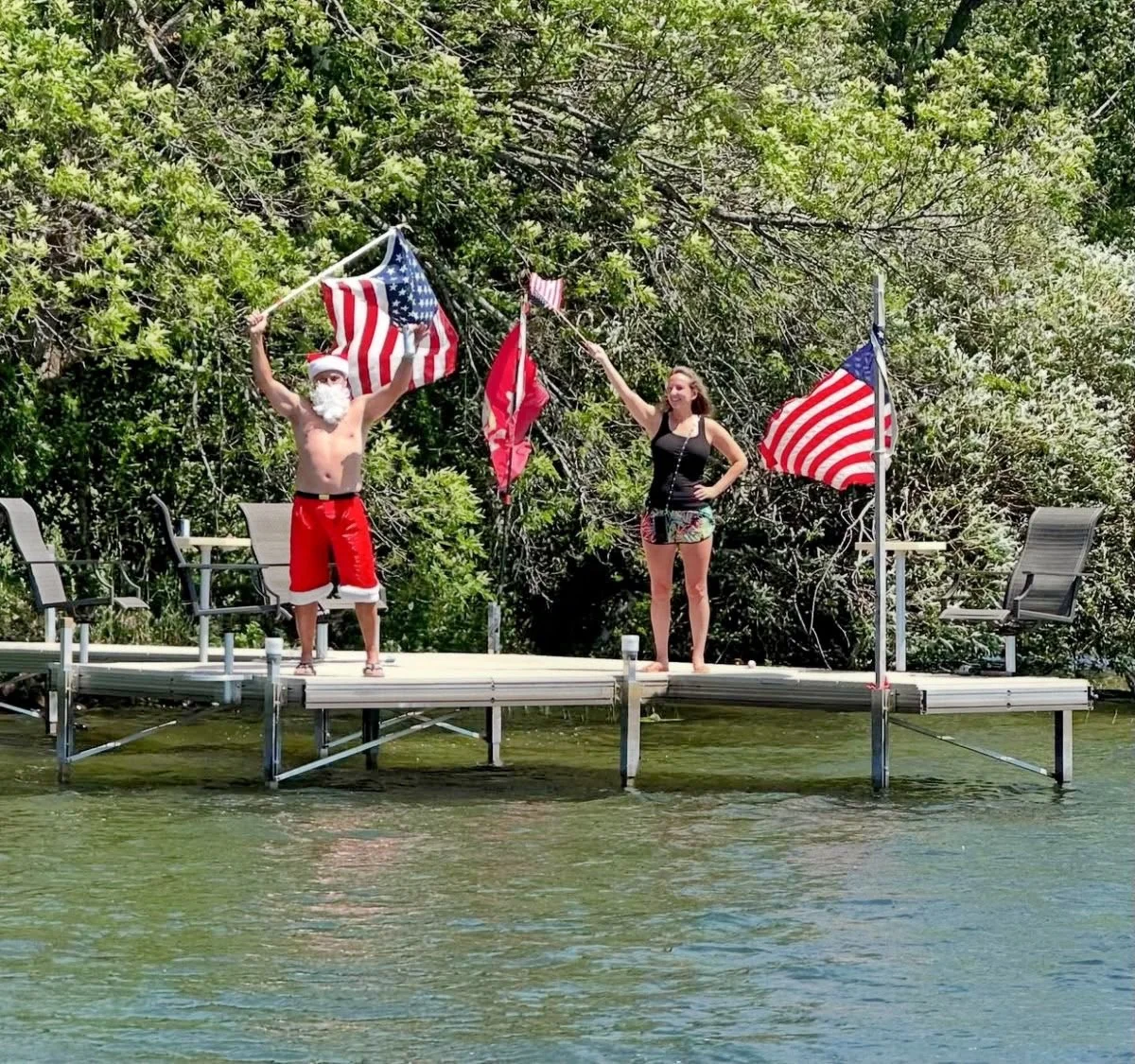The Aitkin County Board of Commissioners is considering loosening lakeshore regulations. On July 22, 2025, members of the Lone Lake POA board sent a letter, urging commissioners to vote “no” on weakening shoreline protections. The Aitkin County Board will be holding a “Committee of the Whole” Meeting and receiving in person public comments on July 31, 2025 at 1 PM for the proposed amendments to the Aitkin County Shoreland Management Ordinance.
Links.
Who to contact. Whether you are for or against these change, use your voice! Contact the Aitkin County Commissioners.
Andrew Carlstrom: aitkinpz@aitkincountymn.gov
Travis Leiviska: travis.leiviska@aitkincountymn.gov
J. Mark Wiesel: mark.wedel@aitkincountymn.gov
Michael Kearney: michael.kearney@aitkincountymn.gov
Bret Sample: bret.sample@aitkincountymn.gov
Laurie Westerland: laurie.westerlund@aitkincountymn.gov
Proposed Changes.
Section 2.7 – Additions to and Revision of Definitions
Section 4.25 – Update of the Classification List for Land Uses
Section 6.14 subpart C (2) – Building Coverage increase to 18% of total 25% Impervious Surface
Section 7.22 – Vegetation Alterations Administrative Change
Section 7.52 subpart A - Building Coverage increase to 18% of total 25% Impervious Surface
Section 9.82 – Open Space/Common Open Space Administrative Change






